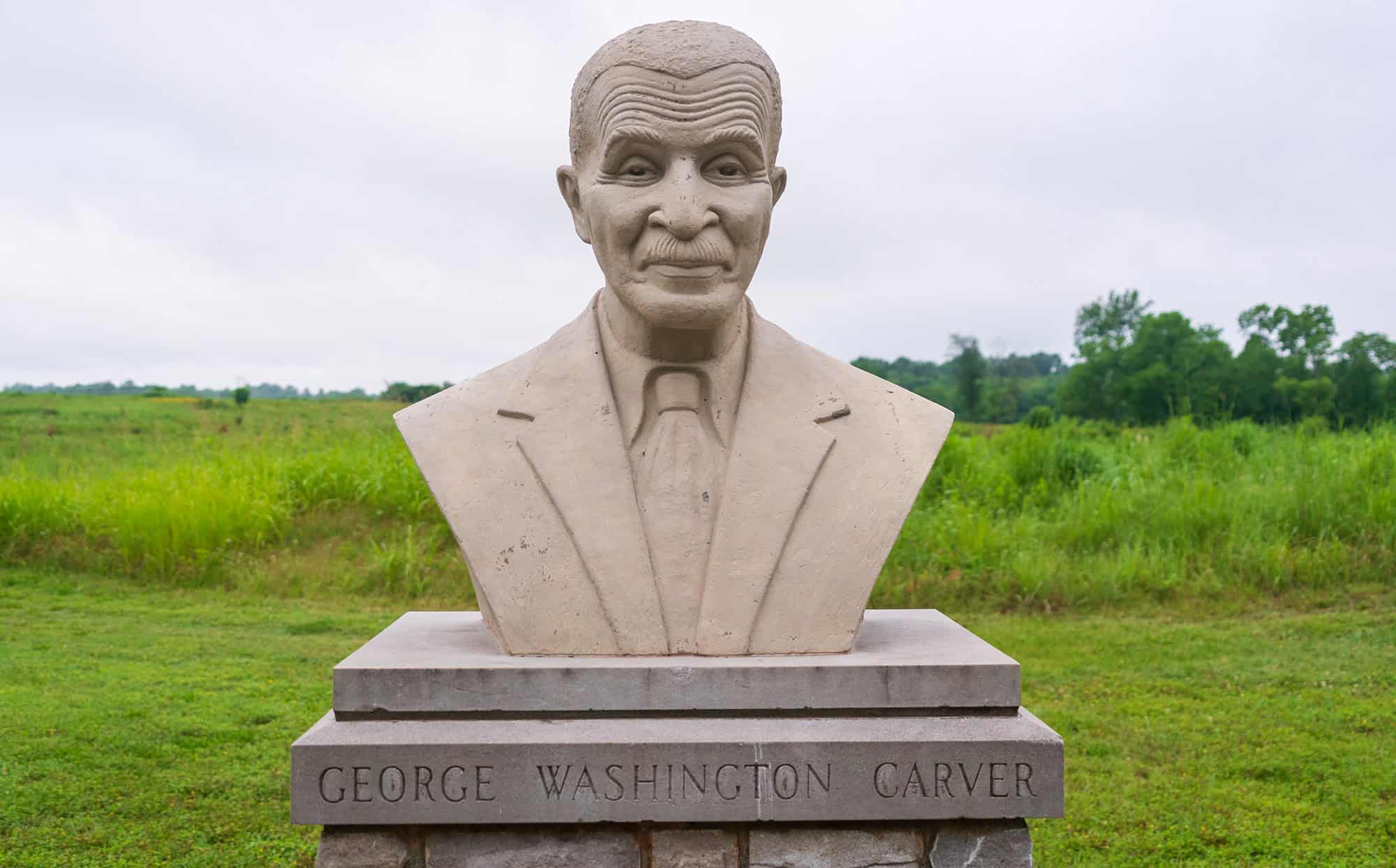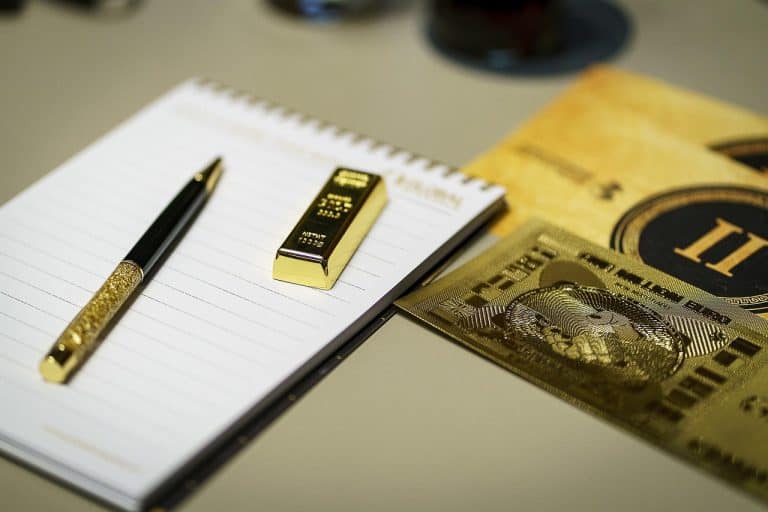Credit: zrfphoto / Depositphotos.com
Throughout the annals of American history, Black innovators have consistently provided pivotal contributions across various sectors including business, industry, medicine, and technology.
Their inventions and developments have played critical roles in shaping the nation’s progress and daily life.
Amongst these individuals are trailblazers whose legacies not only reflect their indomitable spirit and intellect but also highlight the profound impact of diversity in advancing human understanding and capability.
Their work exemplifies the persistent drive for innovation and excellence that has characterized the American experience.
Madame C.J. Walker (December 23, 1867–May 25, 1919)
Madame C.J. Walker, born as Sarah Breedlove, earned her reputation and wealth by establishing an innovative beauty product line specifically for African American women during the early 20th century.
As a pioneer in direct marketing, she empowered a network of female sales representatives to market her products directly to consumers throughout the United States and Caribbean islands.
Her commitment to social advancement was evident in her philanthropy and in her dedication to the professional growth of her employees, providing them with educational resources to foster economic autonomy.
George Washington Carver (1861–January 5, 1943)
Born amidst the turbulence of the Civil War, George Washington Carver emerged as a significant agricultural scientist.
Despite starting life as a slave in Missouri, his fascination with the plant world drove him to break barriers as the first African American to enroll as an undergraduate at Iowa State, where he researched plant pathology and mycology.
Institutional Impact:
- Tuskegee Institute: Joined faculty to advance agricultural research.
- Advancements: Over 300 peanut derivatives including cosmetics and dyes.
Academic Achievements:
- Iowa State: Groundbreaking work on crop rotation and botanical diseases.
Legacy:
- Recognized for revolutionizing Southern agriculture.
- Fostered new agricultural techniques, enriching farmers’ lives and practices.
Lonnie Johnson (Born October 6, 1949)
- Professions: Engineer, Inventor
- Notable Invention: Super Soaker water gun
- Patents: Holds over 80 U.S. patents
- Military Work: Contributed to the stealth bomber project (U.S. Air Force)
- Space Exploration: Worked on the Galileo space probe (NASA)
- Renewable Energy Research: Focused on solar and geothermal energy utilization
- Super Soaker: Patented in 1986; exceeds $1 billion in sales
George Edward Alcorn Jr. (Born March 22, 1940)
- Innovations: 20 inventions; 8 patents
- X-ray Spectrometer: Patented in 1984, this device is key for examining distant cosmic entities.
- Plasma Etching Patent: Obtained in 1989, this process is integral in semiconductor production.
- Fields of Impact: Astrophysics and semiconductor manufacturing.
George Edward Alcorn Jr. is recognized for his significant contributions to advancing astrophysics and the field of semiconductors.
Among his notable achievements is the development of an advanced X-ray spectrometer that enhances the study of distant galaxies and space phenomena.
Moreover, Alcorn’s patent on plasma etching, secured in 1989, remains a standard technique in fabricating computer chips.
Benjamin Banneker’s Life (November 9, 1731–October 9, 1806)
- Birth: November 9, 1731
- Death: October 9, 1806
- Occupations: Astronomer, Mathematician, Farmer
- Education: Largely self-taught
Banneker was noteworthy for his series of almanacs, which he authored from 1792 to 1797.
These almanacs included his own astronomical calculations and commentary on contemporary societal issues.
Despite Maryland permitting enslavement during his time, Banneker was a freeman and counted among the relatively few free African Americans. In 1791, he contributed to the preliminary surveying of the territory that would become Washington, D.C.
Charles Drew (June 3, 1904–April 1, 1950)
- Birthplace: Washington, D.C.
- Education: Postgraduate research at Columbia University in the 1930s
- Key Contributions:
- Developed method to separate and store plasma from blood
- Extended shelf life of plasma to approximately one week
- Advocated for non-discriminatory blood transfusion practices
During World War II, Dr. Charles Drew made groundbreaking strides in the management and storage of blood plasma.
His discoveries included the realization that plasma did not require matching blood types for safe transfusion, which significantly broadened its application for medical emergencies.
As part of his humanitarian efforts, Drew played a critical role in assisting the British government to set up its premier national blood bank.
However, Drew’s time with the American Red Cross was short-lived due to his resignation in opposition to the policy of racial segregation in blood donations.
Until his untimely death resulting from a car accident in 1950, he dedicated his career to research and education in the medical field.
Thomas L. Jennings (1791–February 12, 1856)
Thomas L. Jennings, an African American tailor from New York City, became notable for receiving the first U.S. patent granted to a Black man.
In 1821, he secured Patent No. 3306x for a groundbreaking garment-cleaning method known as “dry scouring,” laying the groundwork for modern dry cleaning.
This innovation significantly contributed to his wealth, which he channeled towards promoting the abolition of slavery and supporting civil rights initiatives.
Elijah McCoy (May 2, 1844–October 10, 1929)
Elijah McCoy was a Canadian-born inventor of African American descent.
Relocating to Michigan from Canada during his childhood, McCoy displayed an early interest in mechanical engineering. He furthered his expertise in Scotland, training to become an engineer.
Despite facing racial barriers in his career, McCoy took on a position as a railroad fireman.
It was in this role that he designed an innovative system to automatically oil the moving parts of steam engines, thus enhancing their efficiency and reliability.
Over time, he continued improving his invention and was granted 60 patents covering his various technological advancements.
Garrett Morgan (March 4, 1877–July 27, 1963)
Inventions:
- Safety device for breathing (1914), forerunner to gas masks
- Traffic signal
- Automobile clutch improvements
Significant Achievements:
- Implemented his breathing device to save lives in a 1916 Lake Erie tunnel disaster
- Played a pivotal role in the advancement of early civil rights by co-founding the Cleveland Call
Garrett Morgan, regarded for his pioneering safety creations and influential community roles, valiantly utilized his own breathing apparatus in a crucial 1916 rescue operation.
His ingenuity extended to vehicular safety and efficiency, with the creation of an early traffic signaling system and enhancements to automobile clutch mechanisms.
His activism extended to civil rights, evidenced by his effort to establish a prominent African American newspaper in Ohio.
James Edward Maceo West (Born February 10, 1931)
- Profession: Inventor, Physicist
- Renowned for: Inventing the foil electret microphone
- Employment: Bell Laboratories
- Impact: Revolutionized acoustics; enabled smaller, more sensitive, and power-efficient microphones
- Legacy: Foil electret microphones widely in use across various devices including phones and computers










Comments
Max T.
Lonnie Johnson, the Super Soaker guy, right? It’s cool how an engineer worked on something so fun and yet, is so smart. Didn’t he work with NASA too?
Jenny M.
I got to do a project on Benjamin Banneker. Did you know he was completely self-taught? Absolutely amazing.
Roger H.
While all these inventors made great contributions, it’s essential to question and understand the broader context. How did systemic barriers affect their work and recognition? It’s something worth thinking deeply about.
Patricia K.
That’s an insightful point, Roger. It goes to show how their achievements were incredibly groundbreaking.